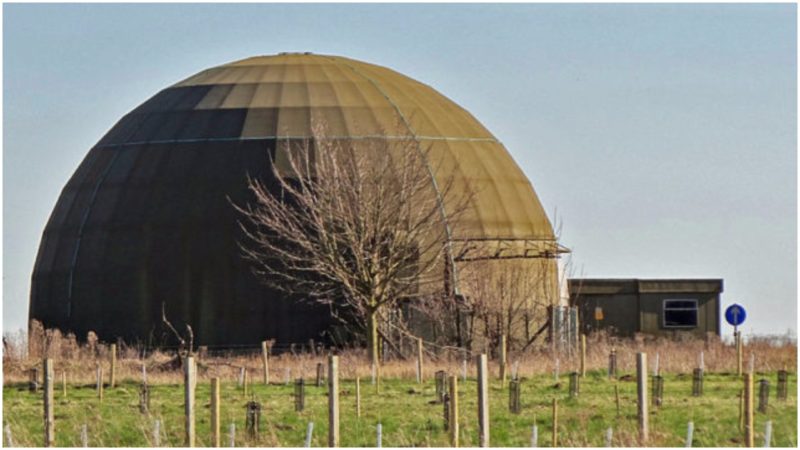In the year 1939, about 3 kilometers from West Raynham, there was a military base named after the nearby village, RAF West Raynham. It was put in service for the first time in May of 1939, just 4 months before the start of the war in which millions would die, and millions more lose their homes, some forever.
The base was surrounded by grass that was used for landing the warplanes and roughly aligned north, north-east to the south, south-west. The main part of the base was consisting of houses and number of headquarters. The landing area was to the west. The south, south-east part of the base was where the bomb storage was located.
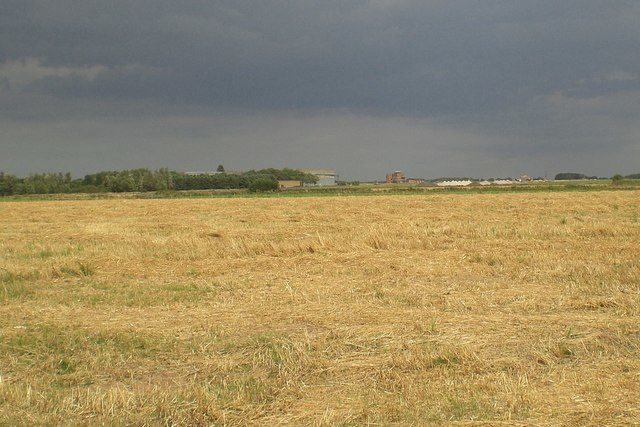
During its early years, the base was equipped with a watch office tower, only to later be replaced by a control room. This base was also equipped with the so-called control tower that was used only to monitor the super heavy bombers. This was a special tower and only four such towers were ever built.
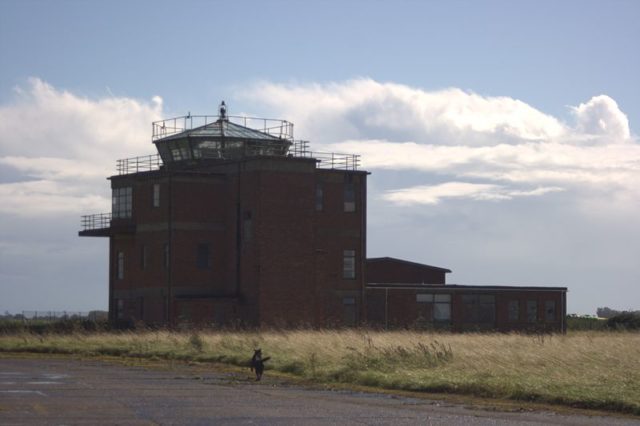
RAF West Raynham was surrounded by military bases; for instance, RAF Great Massingham was located just 3 kilometers from RAF West Raynham. This base was initially planned as a support base to provide RAF West Raynham with satellite information. With time, RAF Great Massingham created its own squadron.
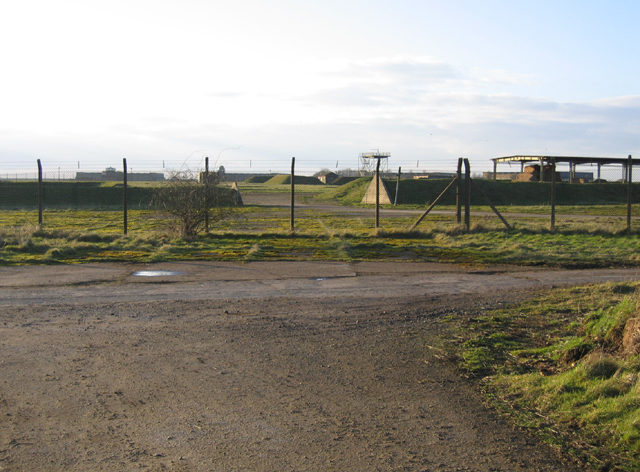
There was also another base named RAF Sculthorpe that was located north of RAF West Raynham that offered its support by serving as an alternative runway. 101 and 114 Squadrons were part of RAF West Raynham. On July 4, 1940, Squadron 101 saw its first action.
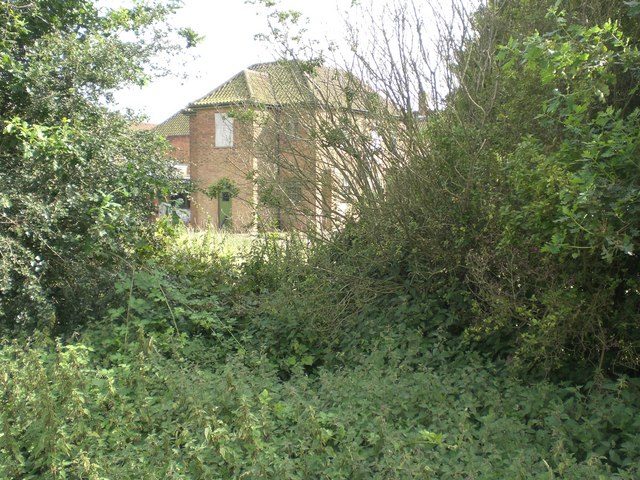
The job was to bomb German oil tanks. They did this for more than a year, and the result was 15 Blenheims (a type of a warplane) lost in action. During this period, the squadron accomplished a total of 610 missions.
Once Squadron 101 was gone it was momentarily replaced with Squadron 114. This squad remained here at this base for more than a year, after which they were transferred to Africa to participate in the action called “Operation Torch,” a collaboration between Britain and the U.S. during World War II.
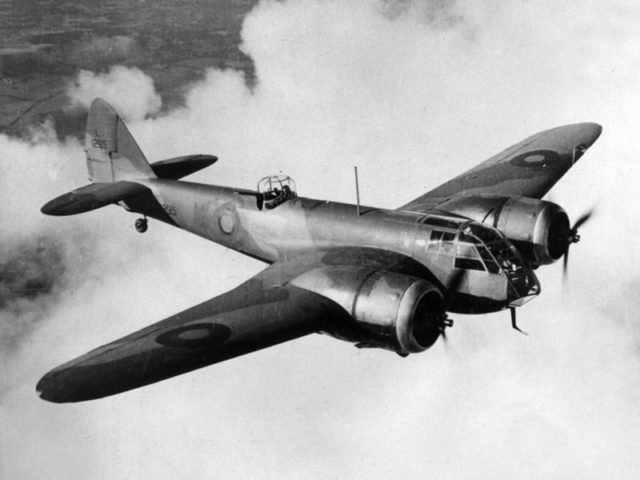
Once this unit left for Africa, they were replaced with the Squads 180 and 342. Unit 180 was given the North American B-25 Mitchell whereas Squad 342 flew in the Douglas A-20 Havoc. With time, the grass fields around the base were replaced with two solid concrete airstrips, 1,800 meters and 1,300 meters long respectively. The base was further extended and now housed almost 2,500 men and 658 women.
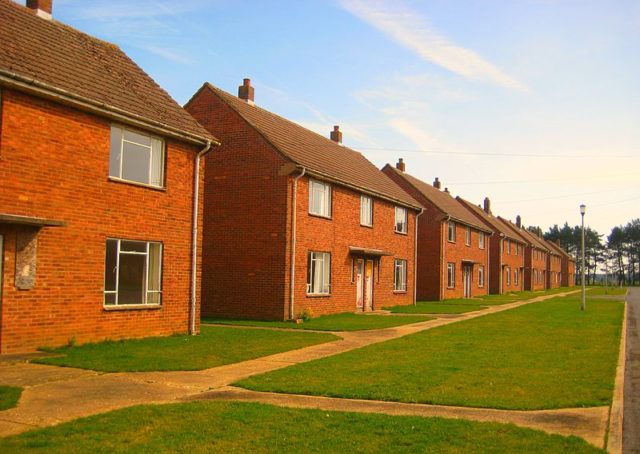
Years later, in 1943, units 141 and 239 joined RAF West Raynham with their de Havilland Mosquito aircraft. Once the Second World War was over, the result was a total loss of 29 de Havilland Mosquito and 56 Bristol Blenheims.
During the 1950s, the base became a place where fighter aircraft tactics were developed. This meant that the base was suddenly home to dozens of war aircrafts such as Gloster Meteor, Vampire T.11, Venom FB.50, Gloster Javelin FAW.1, and many others.
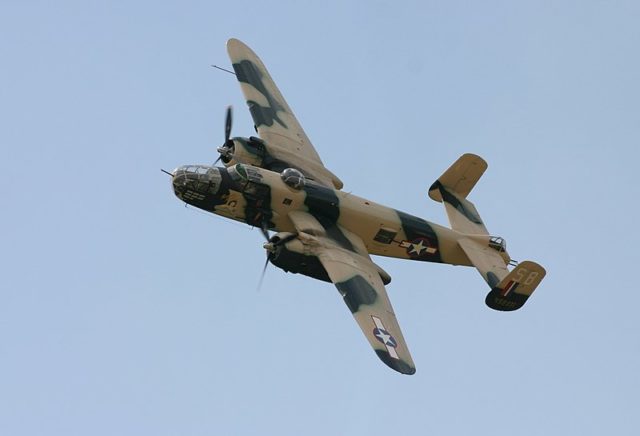
The base is not, however, without its darker moments. One such example is the case where eight Hawker Hunter warplanes took off for an exercise in bad weather on February 8, 1956.
The weather deteriorated and the pilots had to land their planes at nearby RAF Marham, but only two were able to do so. One pilot was killed when his plane crashed in a nearby field, another slid off the airstrip, and the remaining four pilots had to eject. Their planes crashed in the surrounding fields, and the four remaining pilots managed to land safely.
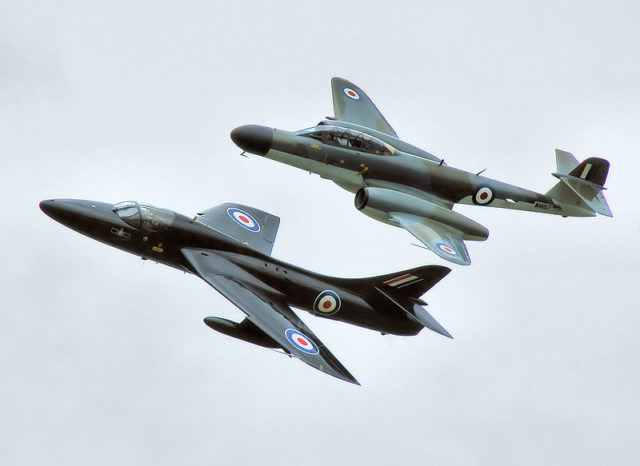
The base went on for a couple of more decades until it was eventually closed in 1994. Today this place holds a number of Grade II listed structures and is remembered as a base that once housed legendary war aircrafts.
